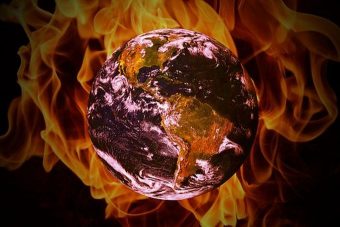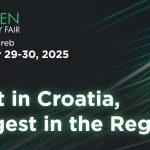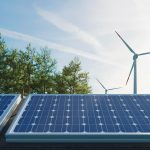
A new global temperature mark has been set. The National Oceanic and Atmospheric Administration tracks global surface temperatures and categorizes them by the presence or absence of influence by an El Niño event. El Niño is “characterized by unusually warm ocean temperatures in the Equatorial Pacific.” El Niño generally leads to global temperature records, as the short-term El Niño warming adds to the underlying long-term global warming trend.
March temperature recordIn March, NOAA saw something it has never seen before — a record high global temperature that exceed the 1981-2010 average by a full one degree Centigrade (1.8º F)“ in the absence of an El Niño episode in the tropical Pacific Ocean.” NOAA says such a high temperature reading is a sign the underlying global warming trend is stronger than ever.
NOAA reports that both March and the January through March quarter were the “second warmest on record” for the world since global temperature records began in 1880. They were second only to 2016 — a year marked by a major El Niño event. It is significant that March individually and the January to March 2017 quarter both exceeded the temperatures recorded in 2015, even though all of 2015 had El Niño conditions.
Temperatures were especially hot in March in the Siberia, where permafrost melting is becoming increasingly worrying to climate scientists. A new study published in Nature the permafrost in the Arctic region is melting faster than anyone expected. There is twice as much carbon sequestered in the permafrost as there is in all the earth’s atmosphere today. When the permafrost melts, it releases that stored carbon, which warms the earth even more, and leads to more permafrost melting. It’s a dangerous feedback loop that could put the equivalent of all the carbon emissions locked in the Alberta tar sands into the atmosphere in a very short period of time.
The Arctic acts like a very large carbon freezer, which keeps the decomposition rate very low. That is changing, according to the report. Joe Romm, who is a leader of Think Progress, says, “We are leaving the freezer door wide open. The tundra is being transformed from a long term carbon locker to a short-term carbon unlocker.”
Source: cleantechnica.com



